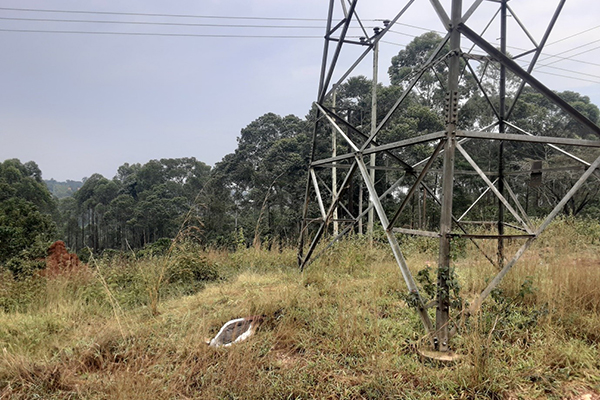
A sudden movement causes a Grey Crowned Crane pair to flush, leaping upwards until one of the cranes unknowingly collides with a powerline near their roost site. The bird later is found below the line with a wing injury or is killed immediately from the impact or electrocution.
Birds migrating at night or flying in groups are particularly vulnerable to colliding with above-ground powerlines, which may not be visible in low light conditions or unnoticed if the birds flush unexpectantly. Birds may also strike powerlines and fall to the ground, causing wildfires from the resulting sparks.
The International Crane Foundation/Endangered Wildlife Trust African Crane Conservation Program aims to identify and lessen the damage from powerlines to cranes, other birds, and the surrounding ecosystems. To better understand the impacts of human-caused mortality on cranes in southcentral Uganda, we are implementing a project to understand the powerline infrastructure and how it affects biodiversity. Our activities include:
- Mapping and understanding the distribution pattern of Grey Crowned Crane incidents caused by powerline infrastructure, including identifying incident hotspots.
- Establishing transects for routine monitoring.
- Empower key participants, including Crane Custodians – volunteer community members who monitor local cranes and wetlands – wetland management committees, and local government leaders, on identifying, handling, and ethically addressing crane powerline incidents. Currently, we have 15 custodians each in Lwengo and Rukiga, who we have vetted for engagement in powerline surveys.
| Category of Incident | Number of Cranes Killed |
|---|---|
| Distribution Line | 7 |
| Adult | 4 |
| Juvenile | 3 |
| Transmission Line | 14 |
| Adult | 14 |
| Total | 21 |
In southwest Uganda, our research has identified 21 Grey Crowned Cranes that have died after flying into or perching on powerlines. Transmission lines have a higher impact on Grey Crowned Cranes in this region, as these lines traverse through various flocking sites. Other birds found below powerlines include Red-eyed Dove (1), Grey-headed Heron (2), Marabou Stork (2) and Pied Crow (1).
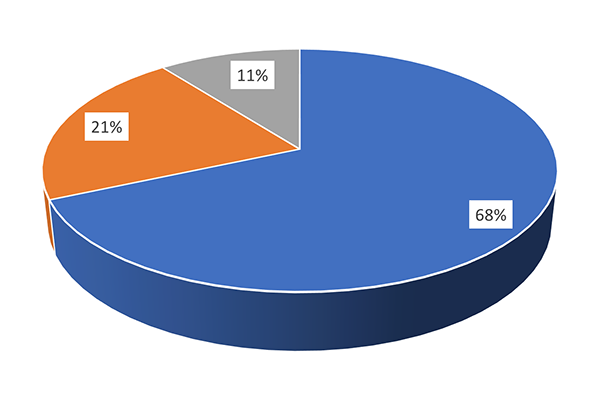
Grey Crowned Crane Incident Report Types
68% (blue) Powerline collisions
21% (orange) Powerline electrocutions
11% (grey) Unkown
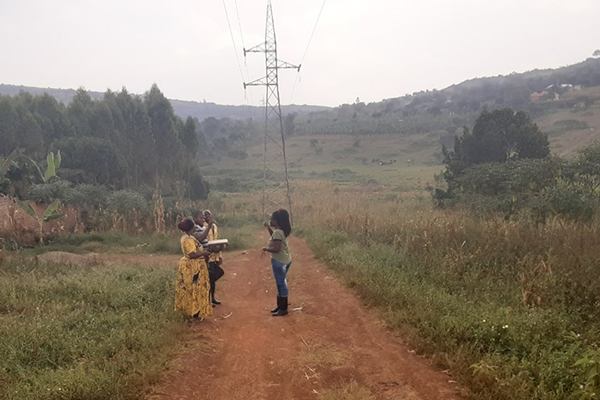
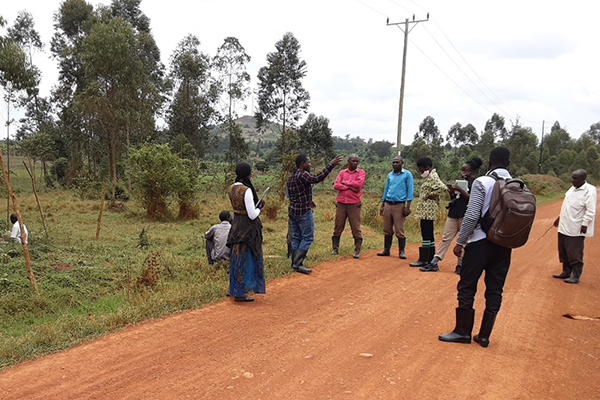
Our team is holding meetings and hands-on-field work with other stakeholders, including communities that live in crane powerline incident hotspots, to identify these incidents, disseminate information on the presence of powerline threats to cranes and other birds, and survey critical hotspots for powerline collisions.
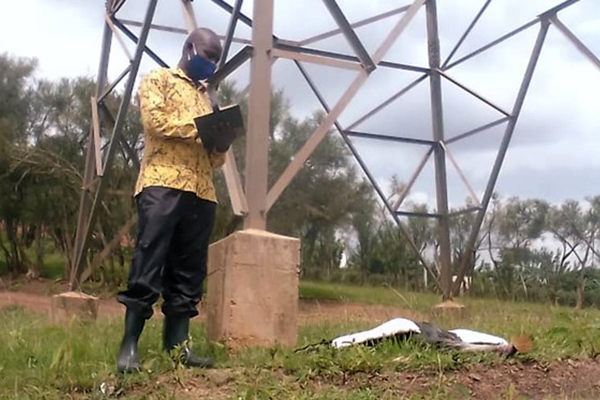
The project leadership has trained the groups on various aspects, including the different ways to handle powerline incident mortalities and how to report these cases. Currently, the project team, crane custodians, and nearby authorities are responsible for responding effectively. We are also providing training on powerline incident identification – e.g., how to differentiate between a powerline collision and electrocution and elaborate on the cause of the incident. In addition, we are training on adherence to safety guidelines when monitoring and handling powerline-related incident mortalities.
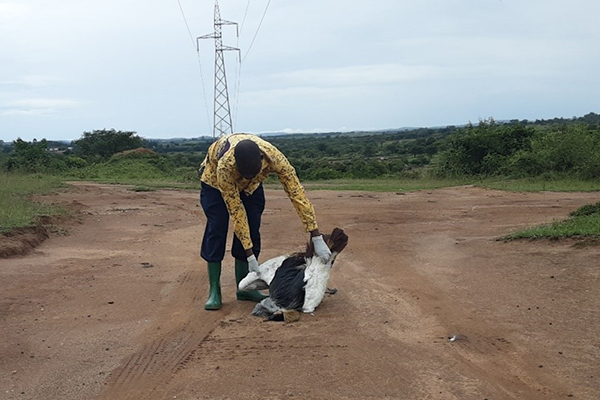
Most of the engaged communities now are helping in disseminating information to other local communities on how and when to report powerline incidents. As a result, they can directly share information about the potential for zoonotic disease spread from poor wildlife handling and mobilize community members to report any powerline-related incident to cranes.

Story submitted by Southcentral Uganda Field Officer Gilbert Tayebwa and Conservation Intern Sarah Kugonza. Learn more about our work in Sub-Saharan Africa here.
